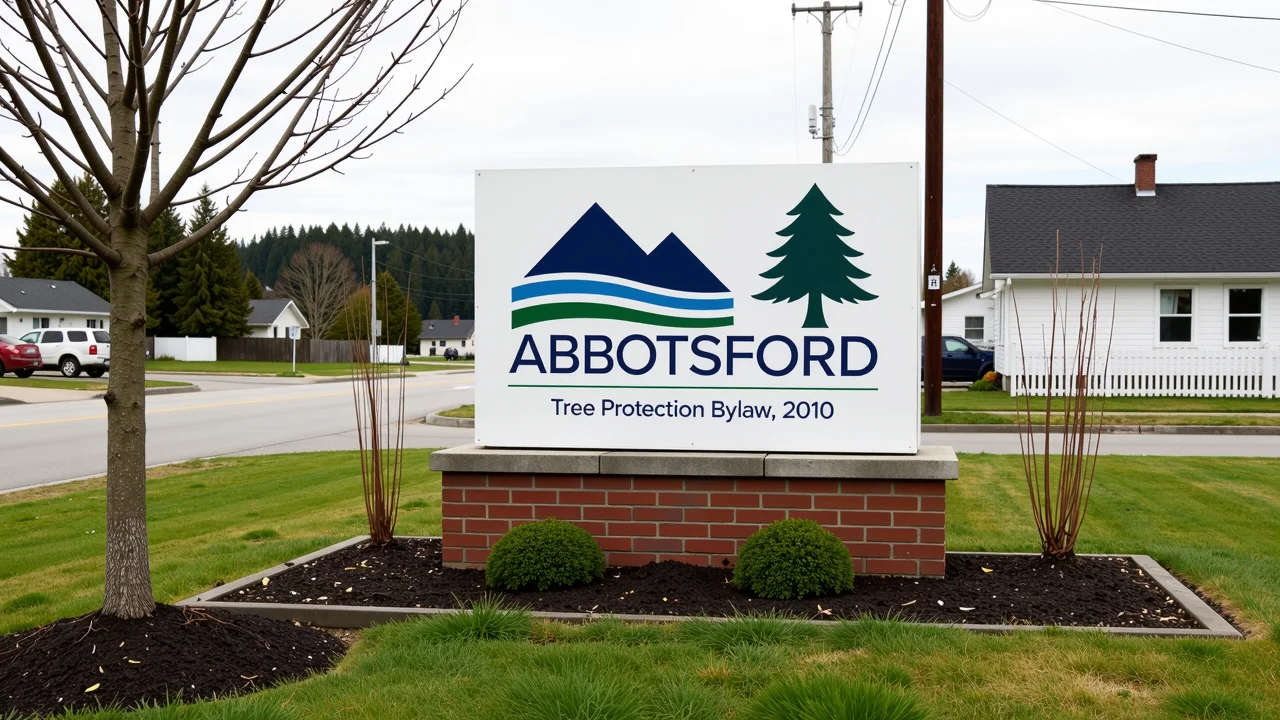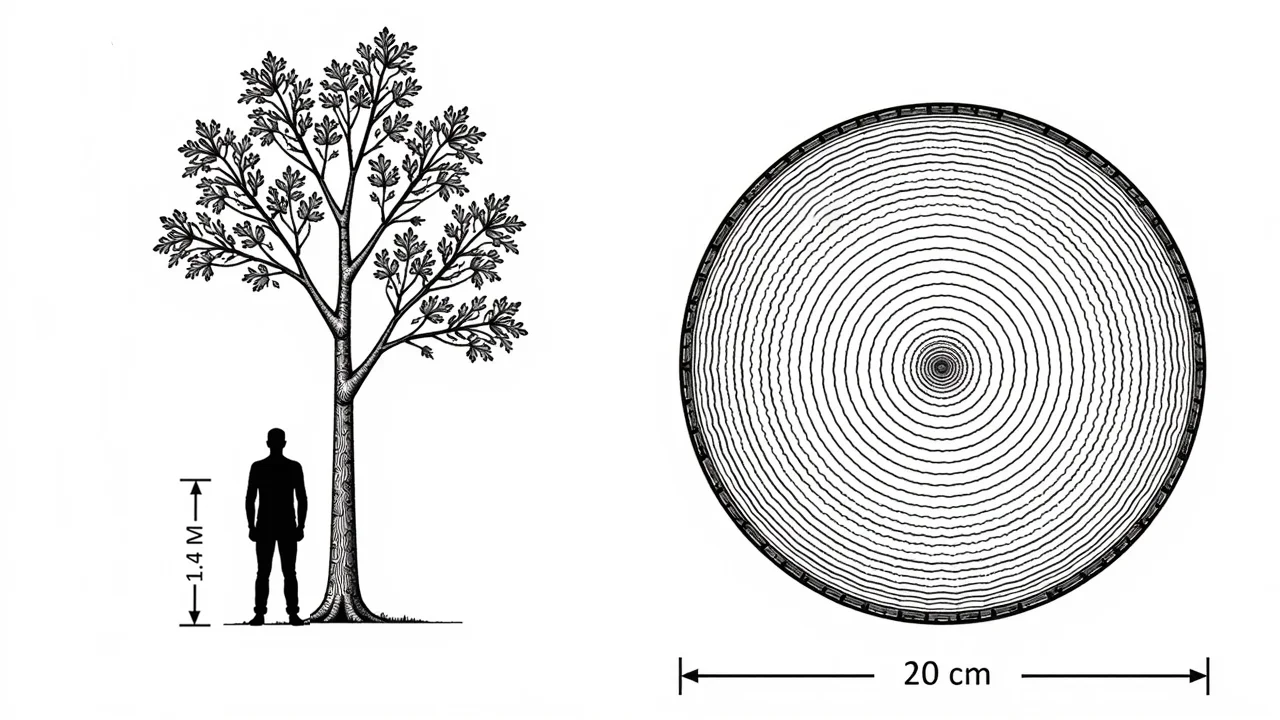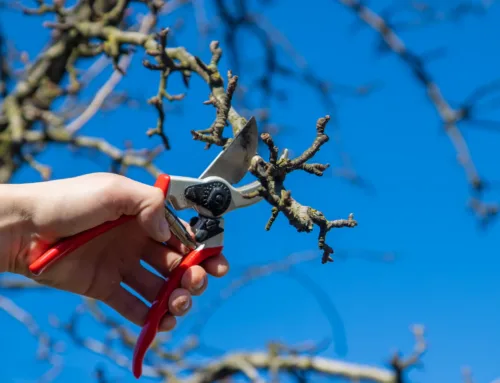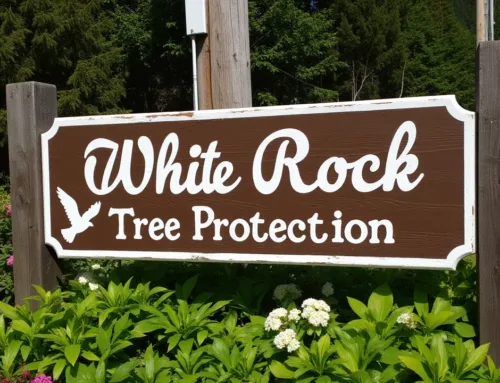Understanding Tree Bylaws in Abbotsford

This article is based on Abbotsford’s Tree Protection Bylaw, 2010 and includes the latest amendments. For the most up-to-date information, consult the City’s official resources or reach out to local authorities.
Understanding Tree Bylaws in Abbotsford
Trees are an integral part of Abbotsford’s landscape, contributing to the city’s beauty, air quality, and overall livability. However, if you’re thinking of cutting down or altering trees on your property, it’s important to know that Abbotsford’s Tree Protection Bylaw regulates how and when trees can be removed. This bylaw helps preserve the city’s green spaces and ensures that mature trees are not cut down unnecessarily. In this article, we’ll take you through the basics of the Tree Protection Bylaw and answer some questions you might have as a homeowner.
Quick Facts: Abbotsford Tree Protection
- Permit Required for Tree Removal: A permit is mandatory for cutting or removing trees with a diameter at breast height (dbh) of 20 cm or more, or for trees located in specific protected areas.
- Exemptions for Emergency Situations: If a tree poses an immediate risk due to damage or disease, it can be cut down without prior approval, but the City must be informed the next business day.
- Replacement Trees: For trees removed with a permit, you are generally required to plant replacement trees based on the size of the tree removed.
- Fines for Non-Compliance: Cutting down or damaging a tree without a permit can result in financial penalties and the requirement to plant replacement trees.
- Tree Protection During Construction: If construction is taking place near protected trees, barriers must be installed around the trees to prevent damage to their roots, trunk, or canopy.
Tree Protection Bylaw, 2010 No. 1831-2009, Last amended August 30, 2021
What is a Protected Tree?
In Abbotsford, a protected tree includes any tree that:
- Has a dbh of at least 20 cm (about 8 inches).
- Is located in a tree retention area such as a streamside protection zone or other areas identified in a development permit or subdivision plan.
- Is classified as a significant tree based on its age, size, rarity, or historical importance.
Trees that fall under these categories cannot be cut, removed, or damaged without a proper permit from the City.

When Do You Need a Permit?
A tree cutting permit is required before removing or cutting any tree that qualifies as protected under the bylaw. This applies to most large trees, especially those in sensitive environmental areas like streamside protection zones. However, there are some exemptions:
- Emergency Tree Removal: If a tree is severely damaged by natural causes (such as windstorms) and poses an imminent risk of harm to people or property, it can be removed without a permit. However, the property owner must inform the City by the next business day and explain why the tree was removed.
- Public Utilities: Tree removal conducted by public utility companies for safety and operational reasons does not require a permit.
Applying for a Permit
To remove a tree in Abbotsford, you must submit a written application to the City, including:
- A statement explaining why the tree needs to be cut.
- A site plan showing the location of the tree, nearby buildings, streets, and any streams or protected areas.
- If necessary, a report from a Certified Arborist or Tree Risk Assessor.
- A non-refundable application fee as outlined in the City’s Fees and Charges Bylaw.
In cases where tree removal may affect slopes, watercourses, or nearby properties, additional assessments from geotechnical engineers or biologists may be required.
Replacement Trees
When a tree is removed, you are typically required to plant replacement trees:
- For trees between 20 and 30 cm dbh, you must plant two replacement trees.
- For trees larger than 30 cm dbh, three replacement trees are required.
If your property cannot accommodate the required number of replacement trees, the City may direct you to plant them on municipal land, or you may need to pay a cash-in-lieu fee to the City, which will be used to plant trees elsewhere.
Fines and Penalties for Non-Compliance
Failing to comply with Abbotsford’s Tree Protection Bylaw can result in penalties, such as:
- Fines for unauthorized tree removal or damage.
- Requirements to plant additional replacement trees.
- The possibility of the City carrying out remediation work at your expense if you do not comply with permit conditions.
Tree Protection During Construction
If you are planning construction on your property, you must take measures to protect any nearby protected trees. This includes installing tree protection barriers around the tree’s drip line to ensure that the roots, trunk, and branches are not damaged by construction activities. Failure to install these barriers could result in fines and potential damage to the tree, which may require further permits to address.
Why Does Tree Protection Matter?
Tree protection is essential in Abbotsford for several reasons. First and foremost, it helps to preserve the city’s urban canopy, which plays a crucial role in reducing urban heat, controlling erosion, and providing habitats for wildlife. Mature trees contribute to the character of neighborhoods and enhance property values by making residential areas more attractive. Beyond aesthetics, trees also support biodiversity by offering shelter and food to various bird species, insects, and other wildlife. Additionally, trees act as natural carbon sinks, absorbing carbon dioxide from the atmosphere, which is vital for mitigating climate change. Without such bylaws, Abbotsford’s green spaces could be diminished, leading to environmental degradation and a lower quality of life for residents.
How Do Bylaws Vary?
Tree protection bylaws can vary significantly from one municipality to another. While the core goal of preserving trees remains consistent, the specifics of what is protected and how permits are handled can differ. In some cities, bylaws may focus on certain tree species, size thresholds, or particularly sensitive areas like wetlands or heritage zones. In Abbotsford, the bylaws primarily protect large trees with a diameter at breast height (dbh) of 20 cm or more, as well as trees in designated tree retention areas such as streamside zones. Other municipalities may have stricter regulations or provide more lenient rules depending on their environmental and urban development goals. It’s important for homeowners to familiarize themselves with their local regulations to avoid fines and ensure they are contributing to their community’s tree preservation efforts.
Protecting Abbotsford’s Trees
Abbotsford’s trees are an integral part of what makes the city a beautiful and enjoyable place to live. By complying with the Tree Protection Bylaw, homeowners can help preserve the natural environment and ensure that the city’s urban forest continues to thrive for future generations. If you are planning any construction, renovations, or tree removals on your property, it is crucial to check whether a tree cutting permit is required and to follow the city’s guidelines. Protecting trees not only benefits the environment but also enhances the overall quality of life for all residents. For more detailed information or to apply for a permit, contact Abbotsford’s Parks, Recreation, and Culture department.


